Unlocking the Basics: Building a Simple Electric Circuit
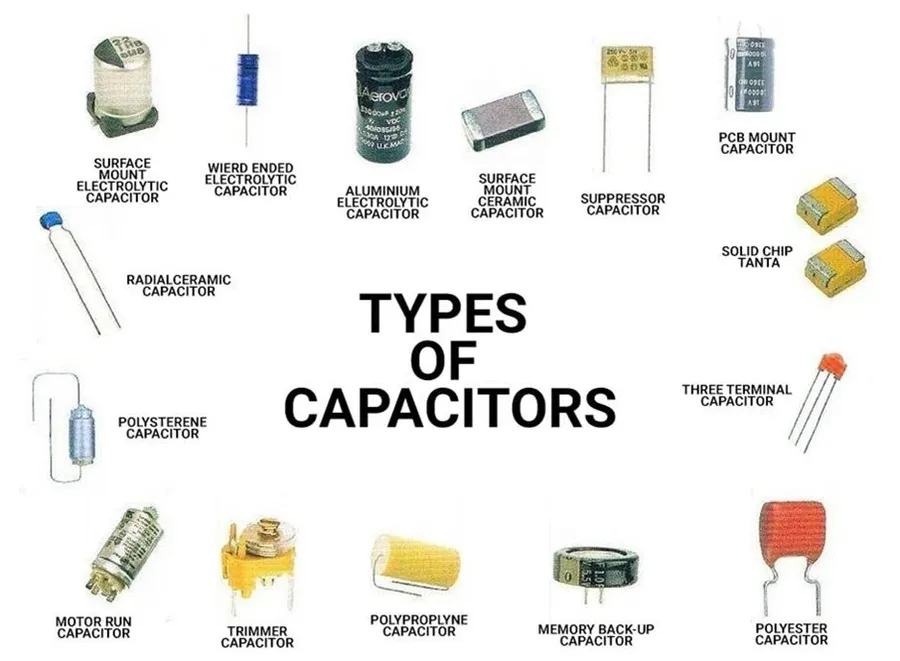
Just like a flowing river, electricity needs a path to travel. A simple electric circuit is that path, a closed loop allowing energy to flow and power devices. This article will guide you through the essential components of a simple circuit, how they interact, and the steps for building your own. Get ready to demystify electricity and explore the magic within a simple electric circuit.
Understanding the Core Components of a Simple Electric Circuit

A simple electric circuit, the fundamental pathway for electrical current, comprises four essential elements: a power source (typically a battery), conductive wires, a load (such as a light bulb), and a switch. Each of these components plays a critical and interconnected role in enabling and controlling the flow of electricity within the circuit.
- Power Source (Battery)
This provides the electrical potential difference (voltage) that drives the current flow. Batteries convert chemical energy into electrical energy. - Conductors (Wires)
These are the pathways that allow electric current to flow. They are made of conductive materials, typically metals like copper. - Load (Light Bulb)
This converts electrical energy into another form of energy, such as light or heat. The load is where the work of the circuit is performed. - Switch
This acts as a controller of the circuit, allowing current to flow (closed position) or interrupting current flow (open position).
Power Source: Providing the Energy
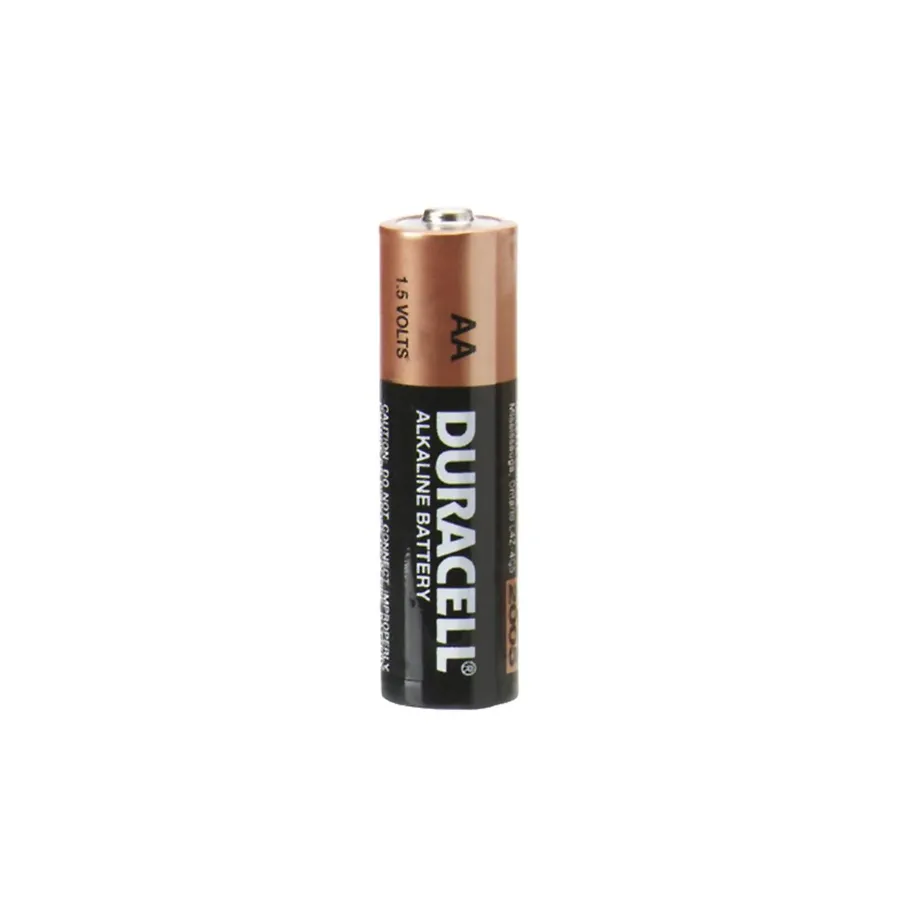
The power source is the heart of any electrical circuit, providing the necessary energy to drive the flow of electric current. In simple circuits, batteries are the most common power source, converting chemical energy into electrical energy through electrochemical reactions, thereby establishing a potential difference (voltage) that enables electrons to move.
| Battery Type | Voltage (V) | Description | Common Uses |
|---|---|---|---|
| AAA | 1.5 | Small cylindrical cells | Remote controls, small electronics |
| AA | 1.5 | Standard cylindrical cells | Flashlights, toys |
| C | 1.5 | Larger cylindrical cells | Larger flashlights, some toys |
| D | 1.5 | Largest common cylindrical cells | Portable radios, lanterns |
| 9V | 9 | Rectangular prismatic cells | Smoke detectors, some electronic devices |
Other less common power sources include solar cells and power adapters. Solar cells use photovoltaic process to convert light energy into electricity; power adapters (or AC adapters) convert mains (wall outlet) AC voltage to lower DC voltages more suitable for electronics. The voltage of a power source is critical, as it defines the amount of electrical potential energy that can be supplied to a circuit. A higher voltage means that more energy is available for each electron flowing through the circuit.
Conductors: The Path for Current Flow
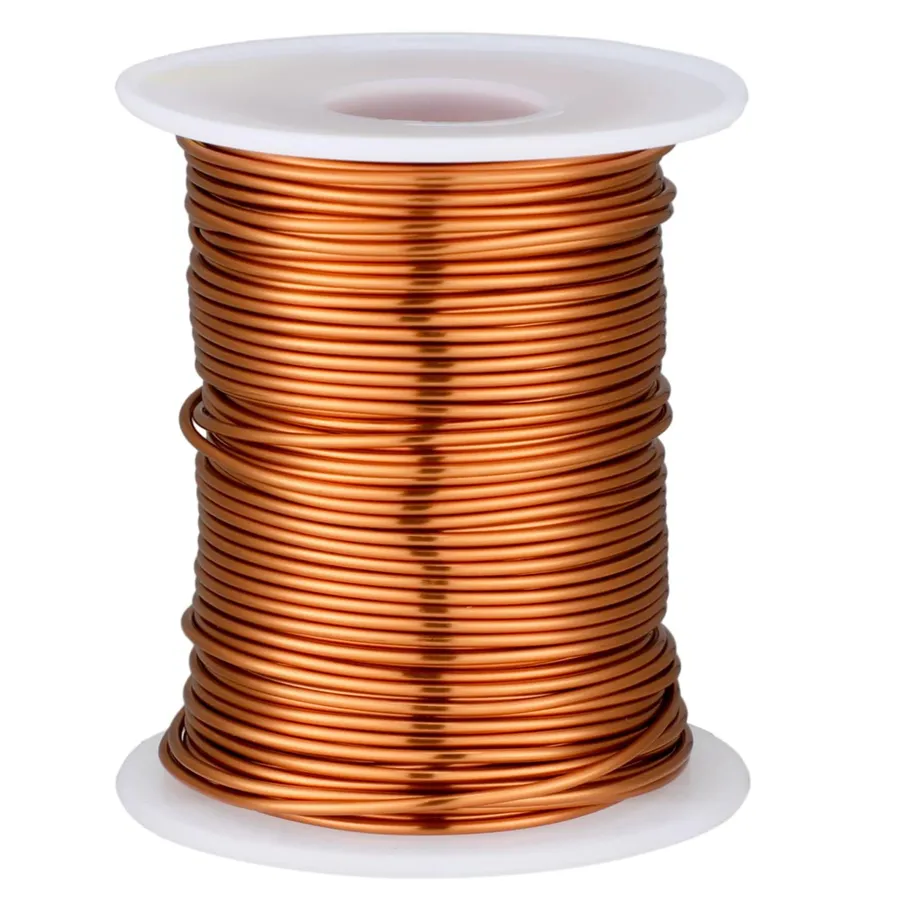
Electrical conductors are materials that facilitate the flow of electric current with minimal resistance. In a simple electric circuit, they provide the necessary pathways for electrons to move from the power source, through the load, and back to the source, thus completing the circuit. The most common form of conductor in basic circuits is wire.
| Material | Conductivity | Common Application | Advantages | Disadvantages |
|---|---|---|---|---|
| Copper | Very High | Electrical wiring, electronic components | Excellent conductivity, malleable, relatively inexpensive | Can oxidize (tarnish) over time |
| Aluminum | High | Overhead power lines, some internal wiring | Lightweight, good conductivity, corrosion-resistant | Less conductive than copper, more prone to breakage |
| Silver | Highest | High-end electronics, specialized applications | Excellent conductivity, high corrosion resistance | Expensive |
| Gold | High | Connector contacts, electronic components | Excellent conductivity, highly corrosion-resistant | Very expensive |
| Iron | Moderate | Some types of resistors and electromagnets | Relatively strong and inexpensive | Poor conductivity compared to copper, prone to rust |
The conductivity of a material is determined by its atomic structure. Conductors have loosely bound electrons in their outer shells, allowing these electrons to move freely with the application of an electric field. This movement of electrons constitutes the electric current. While various materials can conduct electricity, the choice of conductor in a simple electric circuit is largely dependent on cost, ease of use, and required conductivity. For example, while silver is the most conductive material, its high cost makes copper the most popular choice in most basic electronic applications.
Load: Transforming Electrical Energy
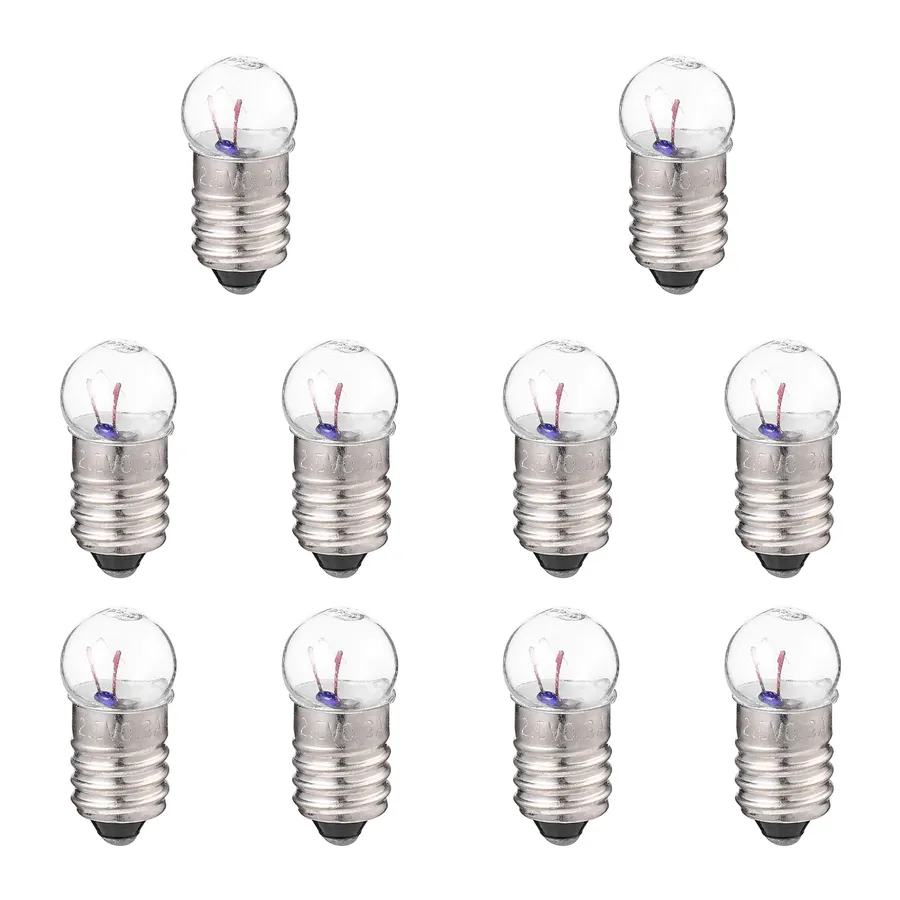
In a simple electric circuit, the 'load' is the component that converts electrical energy into another form of energy, performing a specific function. This transformation is the core purpose of the circuit beyond merely establishing current flow. Common examples include light bulbs converting electrical energy to light and heat, and resistors converting electrical energy to heat.
The load is integral to the functionality of the circuit. Without a load, the circuit would be a short circuit, resulting in excessive current and potential damage to the power source. The characteristics of the load, such as its resistance, determine the current flowing through the circuit, as defined by Ohm's law (V=IR). Understanding how various loads behave is essential for effective circuit design and operation.
| Load Type | Function | Energy Conversion | Common Applications |
|---|---|---|---|
| Light Bulb | Provides illumination | Electrical to Light and Heat | Lighting, indicators |
| Resistor | Limits current flow and generates heat | Electrical to Heat | Circuit protection, heating elements |
| Motor | Converts electrical energy into mechanical motion | Electrical to Mechanical | Fans, pumps, appliances |
| LED (Light Emitting Diode) | Provides illumination with high efficiency | Electrical to Light | Displays, indicators |
| Heater | Generates heat | Electrical to Heat | Heating appliances |
Switch: Controlling the Flow of Electricity
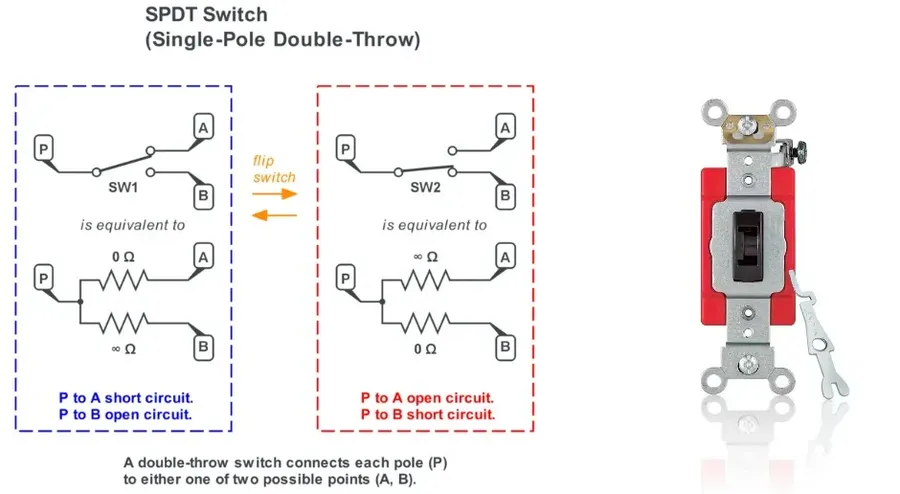
A switch is a fundamental component in an electrical circuit, acting as a gatekeeper that controls the flow of electricity. By opening or closing the circuit path, a switch allows the user to selectively activate or deactivate the circuit's operation.
Switches are designed to create a break in the conductive path of a circuit to stop the flow of current or to complete the circuit to allow current flow. This control is crucial for powering devices on and off and for managing the functionality of electrical systems.
- Basic Function
A switch essentially creates or breaks the electrical circuit by either connecting or disconnecting the conductors. In its 'off' position, the switch creates an open circuit which prevents current flow. In the 'on' position, it closes the circuit, enabling current to flow. - Types of Switches
There are various types of switches used in simple circuits, the most common of which is the single-pole single-throw (SPST) switch. An SPST switch has two terminals that connect or disconnect a single circuit path. Another common type is the single-pole double-throw (SPDT) switch, which can connect a single circuit to one of two different paths. - Integrating Switches
To integrate a switch, it must be connected in series with other circuit components, such as the power source and the load. The switch needs to be placed in line with the circuit to effectively control the current flow to the load. Therefore, the position of the switch in the circuit relative to the power source and load is crucial.
| Switch Type | Description | Application |
|---|---|---|
| SPST (Single-Pole Single-Throw) | A simple on/off switch. Two terminals either connect or disconnect the circuit. | Controlling a light bulb or powering a single component. |
| SPDT (Single-Pole Double-Throw) | A switch that can connect one terminal to one of two others. | Used to redirect current between two different circuit paths or loads. |
Building Your First Simple Electric Circuit: Step-by-Step
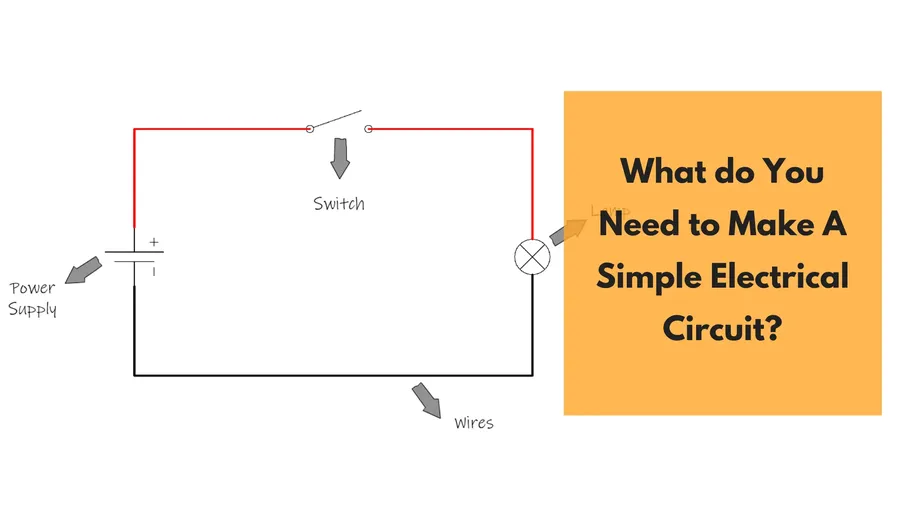
Constructing a basic electric circuit is a fundamental exercise in understanding electrical principles. This section provides a detailed, step-by-step guide to assembling a simple circuit, incorporating safety precautions and hands-on project guidance.
Before you begin, ensure you have the following materials: * A battery (e.g., 1.5V or 9V). * A battery holder (if needed). * Insulated copper wires. * A small light bulb or LED. * A light bulb holder or appropriate LED connector. * An optional switch. * Safety glasses
- Step 1: Prepare Your Components
Gather all the necessary components and ensure that they are in good working condition. Make sure the battery is charged and that the wires are stripped at the ends to expose the conductive core. - Step 2: Connect the Battery to the Load
Attach one end of a wire to the positive (+) terminal of the battery and the other end to one terminal of the light bulb holder or led connector. - Step 3: Complete the Circuit
Connect another wire from the remaining terminal of the light bulb or LED to the negative (-) terminal of the battery. This completes the circuit, and if all connections are correct, the light bulb should illuminate. - Step 4: Incorporating a Switch (Optional)
If using a switch, connect one end of a wire from the battery's positive terminal to one terminal of the switch. The second switch terminal should connect to the light bulb or LED. This will allow you to control the flow of electricity and turn the light on and off. - Step 5: Testing and Troubleshooting
If the light does not illuminate, check all connections for any breaks or loose ends. Ensure that the battery is correctly oriented and has sufficient power. Also, make sure that the light bulb or LED is in good working order.
Safety Precautions: * Always use appropriate voltage and current levels for your components. * Ensure all connections are insulated to prevent accidental short circuits. * Never work with mains electricity without proper training and supervision. * Do not touch bare wires while the circuit is powered. * Wear safety glasses to protect your eyes.
Series vs. Parallel Circuits: Understanding the Difference
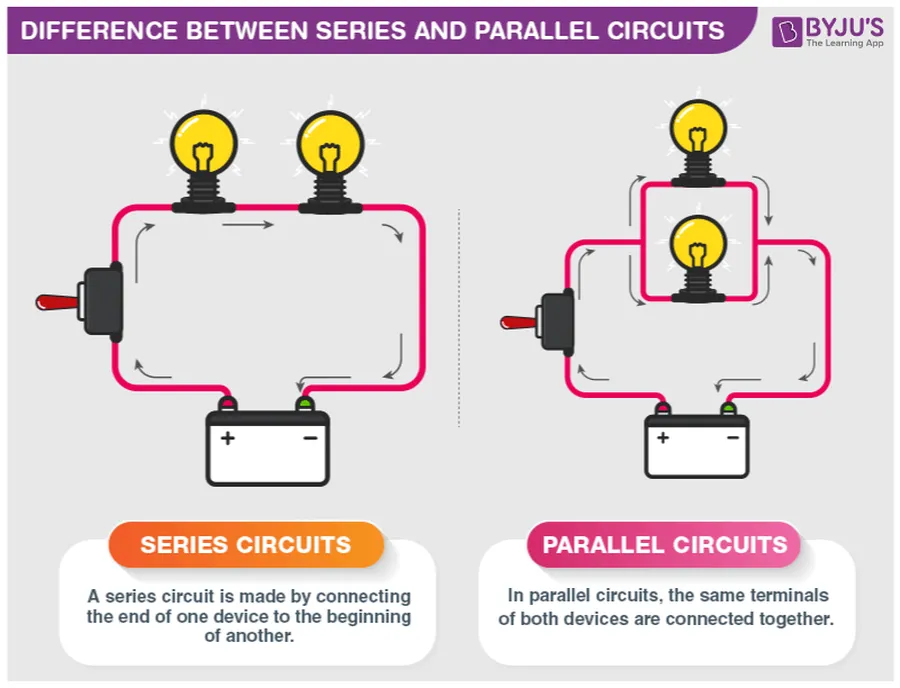
Understanding the distinction between series and parallel circuits is fundamental in electrical engineering. These two configurations dictate how current flows and voltage is distributed within a circuit, significantly impacting their applications and behavior. This section will provide a clear comparison, highlighting key differences in current flow, voltage distribution, and practical applications.
| Characteristic | Series Circuit | Parallel Circuit |
|---|---|---|
| Current Flow | Same current through all components | Current divides between branches |
| Voltage Distribution | Voltage divides across components | Same voltage across all components |
| Total Resistance | Sum of individual resistances | Reciprocal of the sum of the reciprocals of individual resistances |
| Component Failure | One component failure breaks entire circuit | One component failure does not break entire circuit |
| Applications | Christmas lights (older models), simple sensor circuits | Household wiring, car electrical systems |
In a **series circuit**, components are connected end-to-end, forming a single path for current. As a result, the current remains the same throughout the circuit, while the voltage is distributed across each component. The total resistance in a series circuit is the sum of individual resistances. A key disadvantage is that if one component fails, the entire circuit is broken. In contrast, a **parallel circuit** provides multiple paths for current. The voltage remains the same across all components, while the current divides across different branches. The total resistance of a parallel circuit is lower than the smallest individual resistance. A significant advantage is that failure of one component does not affect the operation of others in the circuit.
Simple Electric Circuit Diagrams: Essential Symbols
Circuit diagrams, also known as schematic diagrams, are fundamental tools for representing electrical circuits using standard symbols. These diagrams provide a simplified, universal language that allows engineers and hobbyists alike to understand and communicate circuit designs effectively, independent of the physical layout of components.
Understanding these symbols is crucial for both creating and interpreting circuit diagrams. Each symbol represents a specific component, like a resistor, capacitor, or a battery, allowing for quick identification and comprehension of a circuit’s function.
| Symbol | Component | Description |
|---|---|---|
| A straight line | Conductor (Wire) | Represents the path through which electricity flows. Connects components. |
| A long line and a short line, often marked with + and - | Battery (DC Power Supply) | Provides the voltage required for current to flow in the circuit. The longer line indicates the positive terminal. |
| A circle with a 'x' or a zigzag line | Load (Resistor or Light Bulb) | Indicates a component that converts electrical energy into another form, such as heat or light, or resists the flow of current. |
| Two short parallel lines | Capacitor | Stores electrical charge. Often used to smooth out fluctuations in voltage. |
| A circle with a line going through the center | Switch | Controls the flow of current. An open switch stops current; a closed switch allows it to flow. |
| A circle with an 'A' in the middle | Ammeter | Used to measure the current flowing through a circuit and is always connected in series. |
| A circle with a 'V' in the middle | Voltmeter | Used to measure the voltage drop or potential difference across components and is always connected in parallel. |
| A circle with a diode symbol inside | Diode | Allows current to flow in one direction only. |
Drawing circuit diagrams is a fundamental skill for anyone working with electronics. It enables clear communication of circuit designs and facilitates troubleshooting. When sketching a circuit, pay attention to the connections and the correct symbols for each component. A well-drawn diagram helps to both construct and analyze electronic circuits accurately.
Frequently Asked Questions About Simple Electric Circuits
This section addresses common questions about simple electrical circuits, providing concise answers to clarify key concepts. We've compiled these questions based on typical user inquiries and fundamental circuit principles.
- What is the simplest electrical circuit?
The simplest electrical circuit consists of a power source (like a battery), a conductor (wire), and a load (such as a light bulb), forming a closed loop for current to flow. A switch may be included to control the circuit. - What are the essential parts of a simple electric circuit?
A simple electric circuit minimally requires four essential components: a power source, which provides the electrical energy; conductors, typically wires, that allow current flow; a load, which uses the electrical energy to perform work; and a complete, closed path. A switch is often included for control of the circuit. - What constitutes the most basic form of an electrical circuit?
The most basic form of an electrical circuit includes only the minimum necessary components to allow for a complete path for current flow. This includes a power source, conductors, and a load. This ensures a complete circuit loop for electrons to flow. - What are the three fundamental requirements for a functional simple circuit?
For a simple circuit to function correctly, three fundamental requirements must be met: (1) a source of electromotive force (voltage); (2) a conductive path for current flow; and (3) a load that converts the electrical energy into another form. Without any of these, the circuit will not function. - Can a simple circuit function with multiple loads?
Yes, a simple circuit can function with multiple loads. These loads can be connected either in series, where the current passes through each load sequentially, or in parallel, where the current divides between loads. The arrangement affects how voltage and current are distributed within the circuit. - What is the role of the power source in a simple electric circuit?
The power source, such as a battery, provides the electrical energy (voltage) that drives the flow of electrons through the circuit. It establishes the potential difference necessary for the current to move and power the load. - Why do we use conductors, such as copper, in a simple circuit?
Conductors like copper are used because they allow electrons to move easily through their material due to their low electrical resistivity. This facilitates efficient current flow with minimal energy loss as heat.
Troubleshooting Basic Electric Circuits
Successfully constructing a simple electric circuit is a fundamental step in understanding electricity. However, encountering issues is common, making troubleshooting essential. This section focuses on diagnosing common problems like open circuits and short circuits, and introduces the use of a multimeter for basic circuit testing, enabling a practical and systematic approach to resolving these issues.
- Open Circuit
An open circuit occurs when the path of electrical current is interrupted. This can be due to a broken wire, a loose connection, or a switch that is in the 'off' position. The result is a non-functioning circuit where no current can flow. Identifying and rectifying these breaks or disconnections is paramount. - Short Circuit
A short circuit represents an unintended path of low resistance, allowing current to flow through a bypass rather than the designated load. Often caused by faulty wiring where bare wires make contact, short circuits can lead to excessive heat generation and potential component damage or even a fire hazard. Immediate diagnosis and correction are crucial to prevent damage. - Using a Multimeter
A multimeter is an essential instrument for diagnosing electrical issues. It can measure voltage (potential difference), current (amperage), and resistance (ohms). When troubleshooting a circuit, using the multimeter to measure voltage across different parts of a circuit can help you pinpoint where the problem resides. For example, zero voltage across a component may indicate that there is an open circuit upstream of that component, and extremely low resistance might suggest a short circuit. - Continuity Testing
A core function of a multimeter is the continuity test which is crucial in basic circuit troubleshooting. The test verifies if a continuous, uninterrupted path for electric current exists in the circuit. A circuit that displays continuity suggests that the path is unbroken, while a lack of continuity indicates a break or open in the circuit that needs attention. This helps identify broken wires or poor connections.
A simple electric circuit, though basic, is the foundation of all electrical devices. Understanding its components and how they work together empowers you to grasp more complex circuits and technologies. Just as a complete circuit is needed for electricity to flow, continued exploration of these concepts will illuminate your path in understanding the world of electronics. Remember, starting with these simple principles will empower you to explore further. Happy building!
 AnyPCBA
AnyPCBA